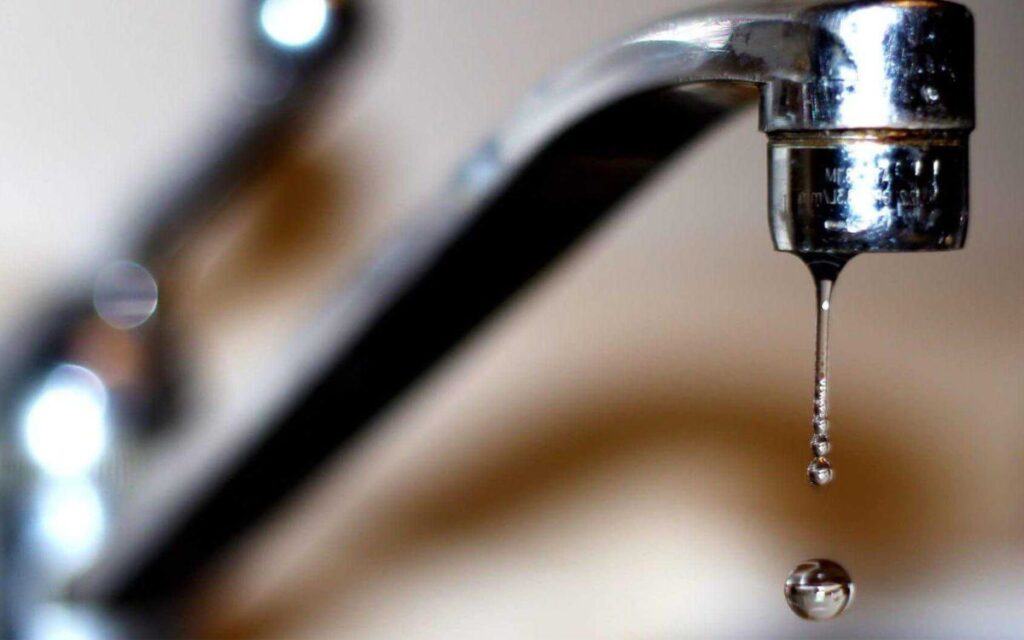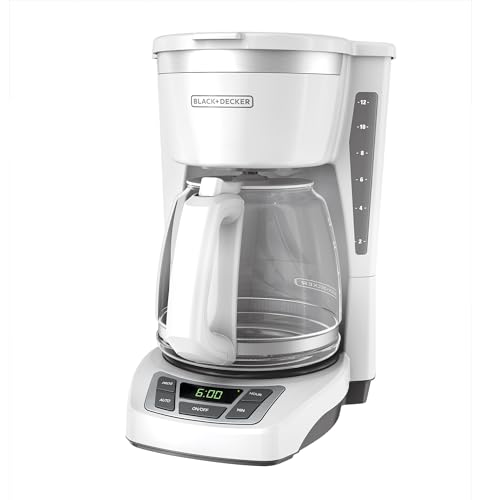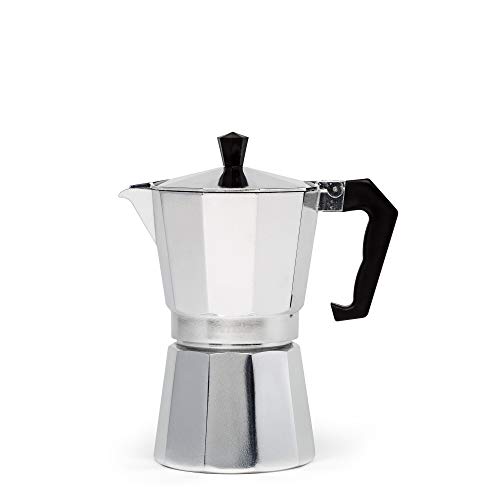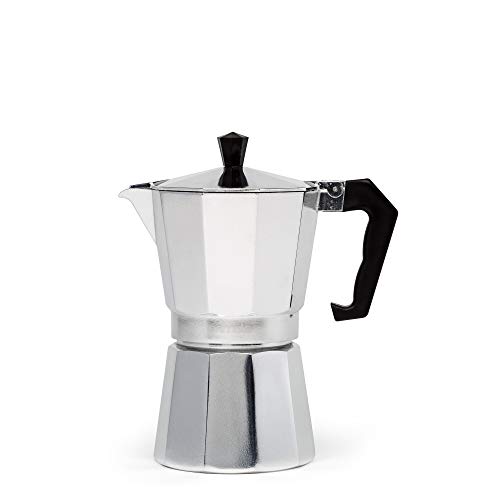“How To Fix A Leaky Faucet” is a common household conundrum that many of us face. Often, it’s a minor problem that can escalate into a significant issue if not addressed promptly. A leaky faucet is not just an annoyance that might keep you up at night, but it also wastes water, increasing your utility bill.
Understanding how to fix a leaky faucet can save you from the unwanted stress of dealing with a more substantial issue later. It’s a simple task that does not require a professional plumber’s intervention if you’re mildly handy and willing to get your hands a little dirty.
Stay with us as we delve deeper into the topic. We’ll discuss the common causes for a faucet to leak and provide a step-by-step guide on fixing it yourself. Remember, a little knowledge and the right tools are all you need to keep your home in optimal condition.
How To Fix A Leaky Faucet
Before we dive into the detailed instructions, let’s cover the basics. A leaky faucet can be a result of a variety of issues; however, most commonly, it’s due to a worn-out component. The fix usually involves replacing these worn-out parts.
Be it a cartridge faucet, compression faucet, or ball faucet, we’ve got you covered. Let’s roll up our sleeves and get to work!
Identify The Type of Faucet You Have
Before you begin the repair, it’s essential to identify the type of faucet you have. There are four main types: ball, cartridge, disk, and compression. Compression faucets are most likely to develop leaks, and the other three types are known as “washerless” faucets.
Gather Your Materials
Once you’ve identified the type of faucet, gather the necessary repair tools. Common tools include a wrench, screwdriver, and replacement parts (like a new cartridge or O-ring for certain types of faucets). You may also need plumber’s tape, which helps prevent leaks by providing a tight seal.
Shut off the Water Supply
Before you start, ensure you turn off the water supply to prevent accidental flooding. You can usually find the knobs for this under the sink. Turn them until the water stops running from the faucet.
Disassemble the Faucet
The next step is to disassemble the faucet. This process will vary depending on the type of faucet you have. Typically, it involves removing the handle, followed by the packing nut, which exposes the stem. Remove that as well and you’ll find the washer.
Inspect the Washer and O-Ring
The washer and O-ring are often the causes of the leak. If they are worn out, they cannot form a proper seal. Inspect these parts and, if necessary, replace them. Make sure the replacement parts are an exact match to the originals.
Reassemble the Faucet
After replacing the necessary parts, reassemble the faucet. Again, the process for this will vary based on the type of faucet. Once reassembled, slowly turn the water back on to check if the leak has been fixed.
Remember, some leaks may require professional attention. If you’ve followed these steps and the faucet is still leaking, it may be time to call a professional plumber.
See more: How To Replace Shower Faucet
FAQs
Maintaining your home’s plumbing system is critical, not just to save water and lower utility bills, but also to avoid expensive damage to your home. While fixing a leaky faucet may seem daunting, with the right tools and a bit of knowledge, it’s something you can handle on your own. If the faucet continues to leak even after you have replaced the worn parts, it’s time to call in a professional.
What are the main types of faucets?

The four main types of faucets are ball, cartridge, disk, and compression. The ball, cartridge, and disk faucets are known as “washerless” faucets as they don’t rely on washers to control the flow of water. Instead, they use other methods, such as a movable ball or cartridge or a ceramic disk, to regulate water flow. Compression faucets, on the other hand, use a washer to control the water flow, and these are most prone to leaks.
What tools are needed to fix a leaky faucet?
The basic tools needed to fix a leaky faucet include a wrench, screwdriver, and the necessary replacement parts. These might be a new cartridge or O-ring, depending on the type of faucet. Additionally, you may need plumber’s tape, which helps attain a tight seal and prevent leaks.
How do I know if I should call a professional plumber?
A3: Although most minor leaks can be fixed with a few tools and some basic knowledge, sometimes the problem might be beyond simple DIY fixes. If you’ve replaced the worn-out parts and the faucet continues to leak, or if the faucet is old and heavily corroded, it might be best to call a professional plumber.
Are replacement parts for faucets universally compatible?
No, replacement parts for faucets are not universally compatible. The parts you need will vary depending on the type and model of your faucet. It’s crucial to make sure any replacement parts you buy are an exact match for the originals.
How can I prevent my faucets from leaking in the future?
Regular maintenance and inspection of your faucets can help prevent leaks. Check for signs of wear and tear regularly, and replace any components as soon as they start to show signs of aging. Using your faucet gently and avoiding excessive force can also help prolong its lifespan.
Final Thought
Prevention is always better than cure, especially when it comes to home maintenance. Regularly inspecting your faucets and learning about their basic functioning can help you stay ahead of any potential issues.
Even though the task of fixing a leaky faucet might seem daunting initially, it’s a rewarding and valuable skill. You’ll not only save money on minor plumbing services, but also increase the longevity of your plumbing fixtures.
Remember, not all issues are suitable for a DIY approach. If you follow the steps provided and can’t resolve the leak, it’s best to call a professional plumber. They have the expertise to deal with complex issues and can also provide advice on the overall health of your plumbing system.
In conclusion, maintaining your home’s plumbing is a necessary and beneficial task. A functional and efficient plumbing system contributes to the comfort and efficiency of your home. So, don’t shy away from picking up those tools and taking the first step towards becoming a DIY plumbing expert.





